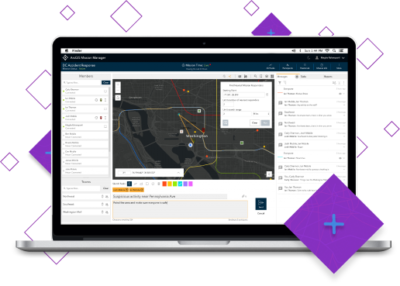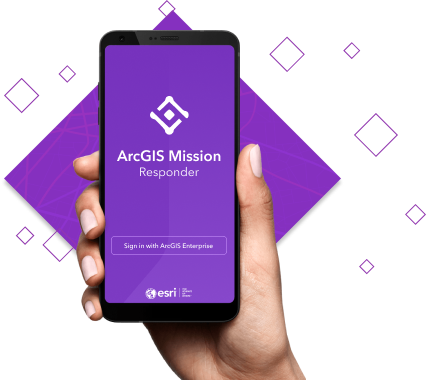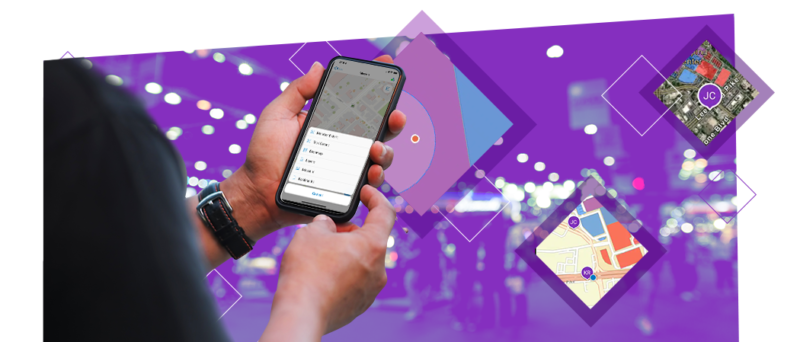
ArcGIS Mission is an all-inclusive geospatial communication and situational awareness tool, which is available in ArcGIS Enterprise 10.8 and later. Within ArcGIS Mission, managers, analysts, and responders are able to:
As an ArcGIS Mission user, you can define an area of interest, map tactical resource assignments, and quickly share critical information with your teams. As your mission evolves, members are able to receive real-time updates, make necessary changes, and update team members on the fly. Newly acquired data found within Mission is useful for organizations looking to better understand their operations and make informed decisions in real-time.
Let us take a closer look as we dive into the three main components of ArcGIS Mission: Manager, Responder and Server:

Image from Esri

The ArcGIS Mission Manager is a web application that allows users to build, organize, and interact with their mission. As a mission Manager, you have the ability to create and edit mission maps and details, create a team, add/remove members, create tasks and reports for members, and monitor communication between team members. It should be noted that a majority of the work to build the actual mission will be done here before the event starts. Managers also oversee all the activities in Responder.
The next component is ArcGIS Mission Responder, a mobile application that allows participants to engage in missions after they have become active. With Responder, users are able to utilize mission maps, chat with other team members, and fulfill mission tasks and reports. Users of this application are able to participate in the mission, but unlike mission Manager you are not able to create or edit a mission, leaving all actions to be overseen by the ArcGIS Mission Manager.


Image from Esri
The last component in ArcGIS Mission is ArcGIS Mission Server. An ArcGIS Enterprise server role that links ArcGIS Mission Manager users and ArcGIS Mission Responder users for a rapid, seamless, and secure line of communication. The means of communication range from location information, instant messaging, mission tasks, and reports. All of these operations are performed through Websocket communication in near real-time. It should also be noted that ArcGIS Mission Server does not install a data store of its own, instead it writes to the system of record.
Extend the capabilities of your existing ArcGIS Enterprise with ArcGIS Mission. Discover what this tactical situational awareness solution can do for your organization. What’s your mission?
Ready to take advantage of the power of ArcGIS Mission? Reach out to start a conversation with our industry experts today, and learn more about this powerful technology for ArcGIS Enterprise!